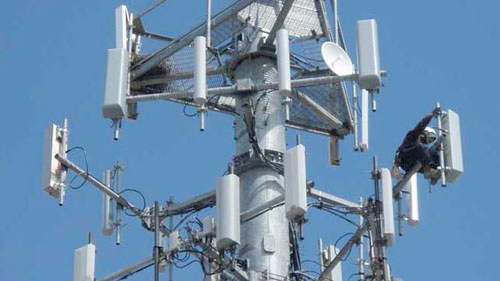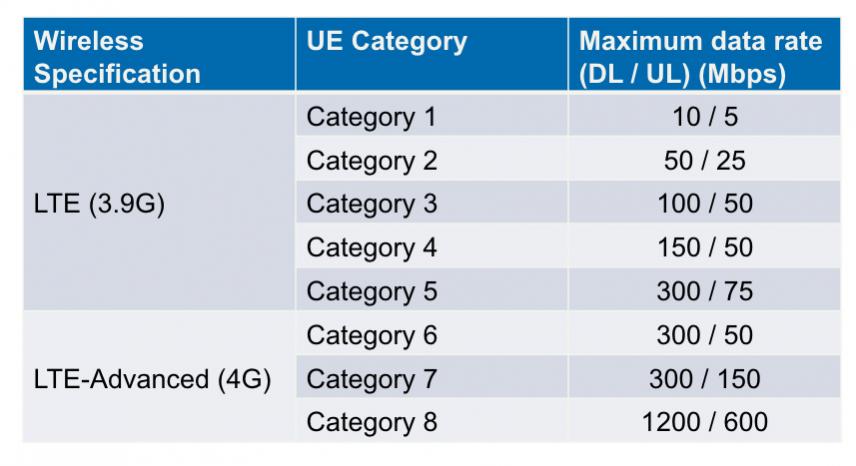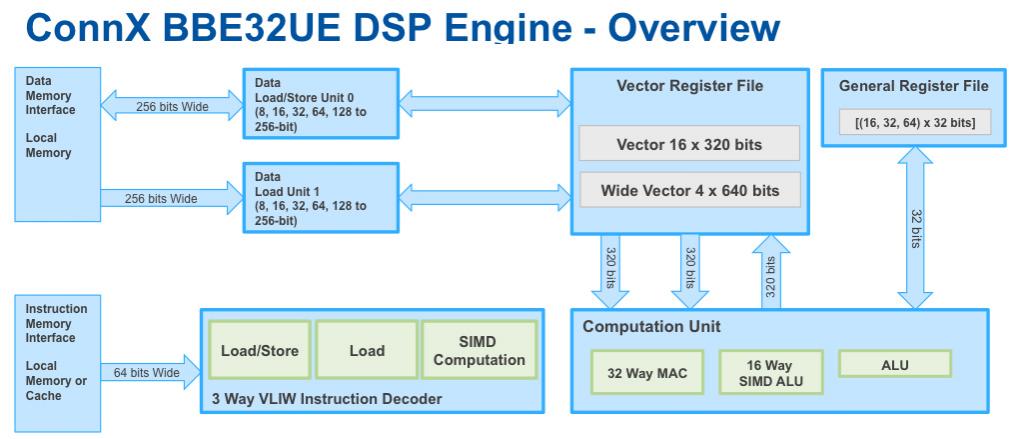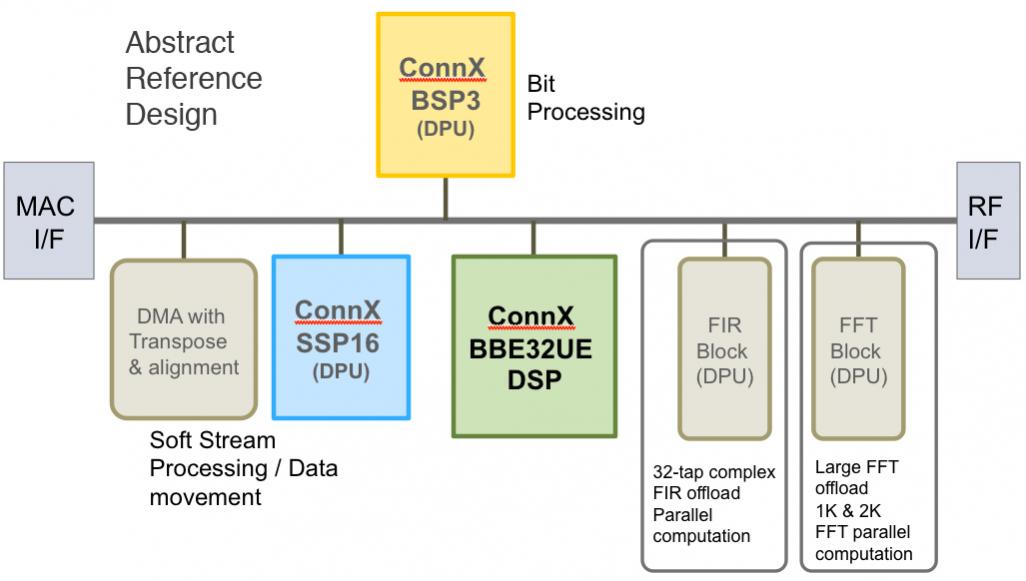 Due to a lot of somewhat aggressive marketing by carriers, you might think that 4G wireless is already here. After all, wasn’t 3G ages ago? But in fact true 4G handsets won’t really be available until 2015/6. But to make that schedule, first silicon needs to be available late this year or early next, to allow one or two turns as the systems go through 3 years of testing and type-approval. But in turn that means that the IP required for those chips being designed this year is needed now. So just before Mobile World Congress (the biggest tradeshow for all things wireless) in Barecelona next week, Tensilica is announcing just such a product.
Due to a lot of somewhat aggressive marketing by carriers, you might think that 4G wireless is already here. After all, wasn’t 3G ages ago? But in fact true 4G handsets won’t really be available until 2015/6. But to make that schedule, first silicon needs to be available late this year or early next, to allow one or two turns as the systems go through 3 years of testing and type-approval. But in turn that means that the IP required for those chips being designed this year is needed now. So just before Mobile World Congress (the biggest tradeshow for all things wireless) in Barecelona next week, Tensilica is announcing just such a product.
 The first stepping stone towards 4G is LTE (which stands for Long Term Evolution if you must know, not that that really helps). It comes in 5 categories of which the most common are 3 and 4 offering a downlink speed of 100 or 150 Mb/s and an uplink speed of 50 Mb/s. Tensilica already has products in this space that they have been shipping for quite some time, both for handset applications and also for basestations (of all flavors: macro, picocell, femtocell). Network buildout for LTE has been taking place over the last year or so and phones using this technology are just starting to come to market (no, iPhone 4S does not support LTE but the iPad 3 is rumored to be going to). Buildout will continue for another year or two, with 1.5 million LTE basestations expected to be installed by 2015 (In-Stat). NEC, Fujitsu, Panasonic, Huawei and others are making use of Tensilica’s earlier ConnX DSP family for LTE implementation.
The first stepping stone towards 4G is LTE (which stands for Long Term Evolution if you must know, not that that really helps). It comes in 5 categories of which the most common are 3 and 4 offering a downlink speed of 100 or 150 Mb/s and an uplink speed of 50 Mb/s. Tensilica already has products in this space that they have been shipping for quite some time, both for handset applications and also for basestations (of all flavors: macro, picocell, femtocell). Network buildout for LTE has been taking place over the last year or so and phones using this technology are just starting to come to market (no, iPhone 4S does not support LTE but the iPad 3 is rumored to be going to). Buildout will continue for another year or two, with 1.5 million LTE basestations expected to be installed by 2015 (In-Stat). NEC, Fujitsu, Panasonic, Huawei and others are making use of Tensilica’s earlier ConnX DSP family for LTE implementation.
True 4G is known as LTE-Advanced, categories 6 and 7 (everyone seems to be skipping category 5) with downlink speeds of 300 Mb/s and uplink speeds of either 50 or 150 Mb/s. The performance increase required is 2-5X that required for LTE, but since we’d like our phones to continue have good battery life, the power budget is pretty much the same: 200 mW. The challenge is how to design such a modem with much higher performance and no increase in power. The two extreme approaches, that have often been used in the past, are either to design RTL and create a special hardware block, or else use a general purpose digital signal processor (DSP). The first approach is expensive and inflexible, and the DSP approach consumes too much power. One major handset OEM who has taken the RTL approach up until now says “we can’t do that any more for LTE-A”.
 What Tensilica is announcing today is the BBE32UE (catchy name huh?). This is, of course, built on top of Tensilica’s Xtensa technology. It is a specialized LTE-Advanced processor that can be programmed in C. The processor itself dissipates about 45 mW. It is a SIMD 3 issue VLIW processor that works with Tensilica’s almost optimal scheduling and optimization C-compiler (which apparently now has over 100 man years of effort in it).
What Tensilica is announcing today is the BBE32UE (catchy name huh?). This is, of course, built on top of Tensilica’s Xtensa technology. It is a specialized LTE-Advanced processor that can be programmed in C. The processor itself dissipates about 45 mW. It is a SIMD 3 issue VLIW processor that works with Tensilica’s almost optimal scheduling and optimization C-compiler (which apparently now has over 100 man years of effort in it).
 Along with some other specialized processors (or IP blocks) for FFT and FIR a fully-programmable LTE-A category 7 modem can be built that meets the 200 mW power budget (in a 40nm low-power process). Early access customers have the product now but general release will not be until Q3.
Along with some other specialized processors (or IP blocks) for FFT and FIR a fully-programmable LTE-A category 7 modem can be built that meets the 200 mW power budget (in a 40nm low-power process). Early access customers have the product now but general release will not be until Q3.
More details on Tensilica’s digital signal processors for LTE and LTA-Advanced are here.








Quantum Computing Technologies and Challenges